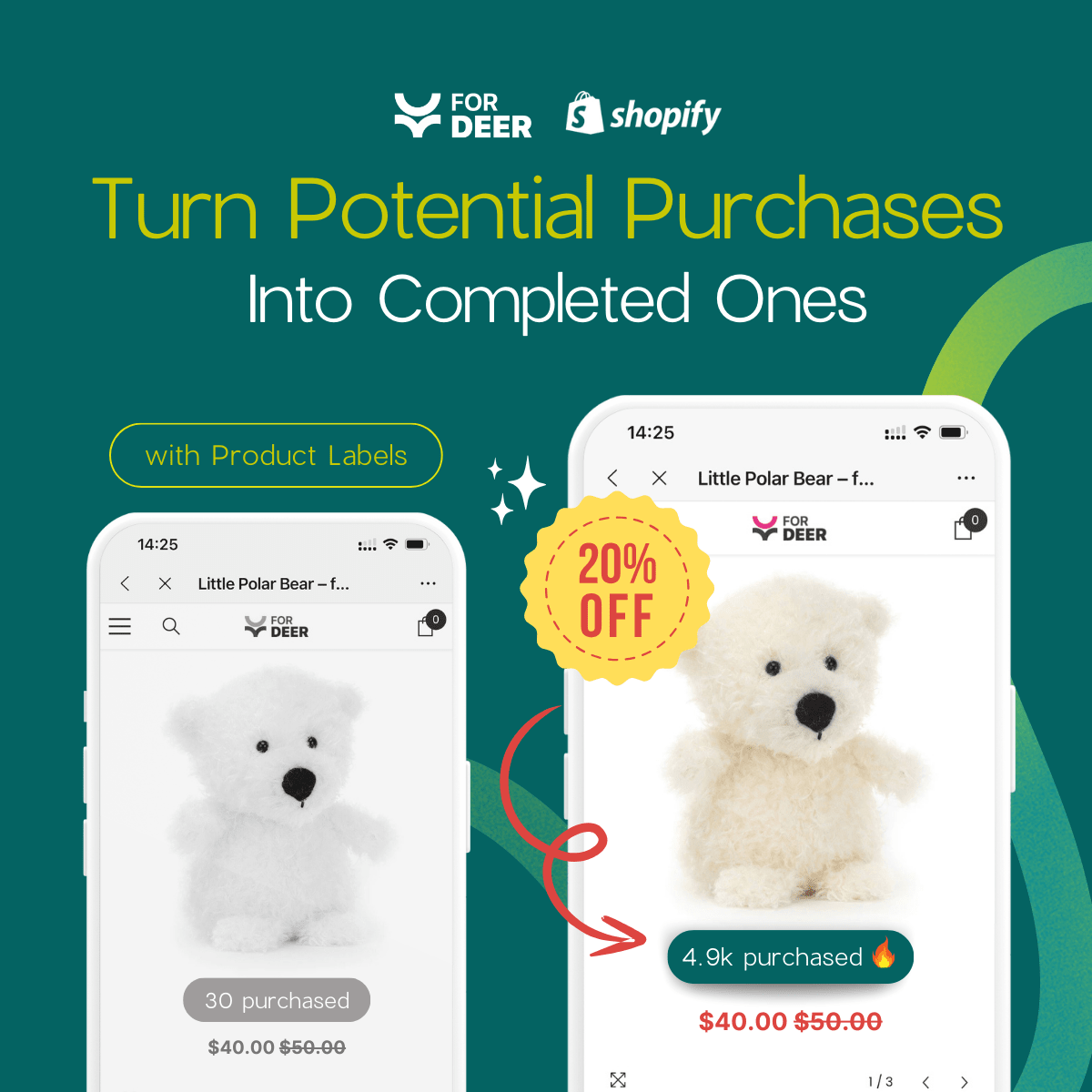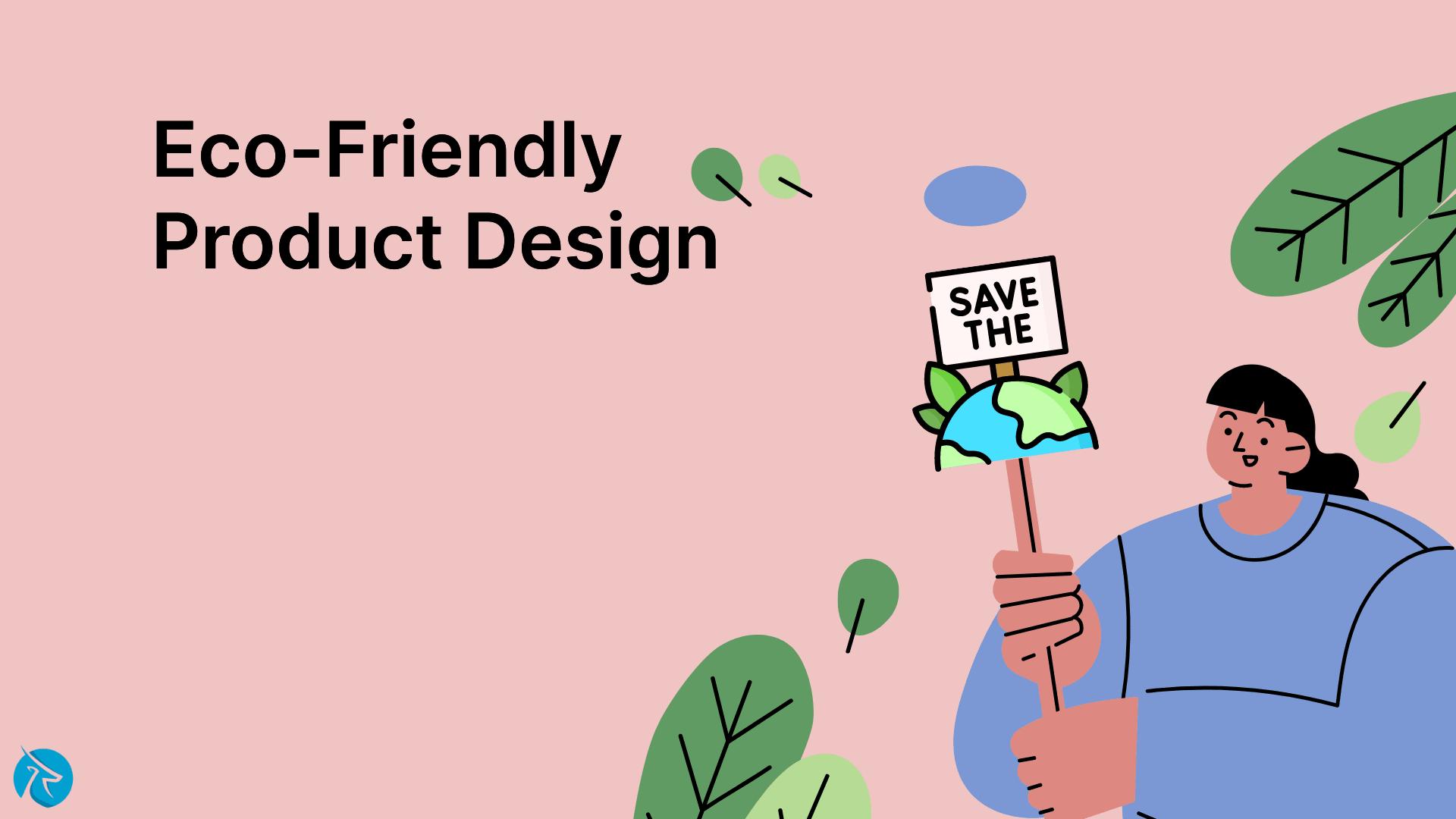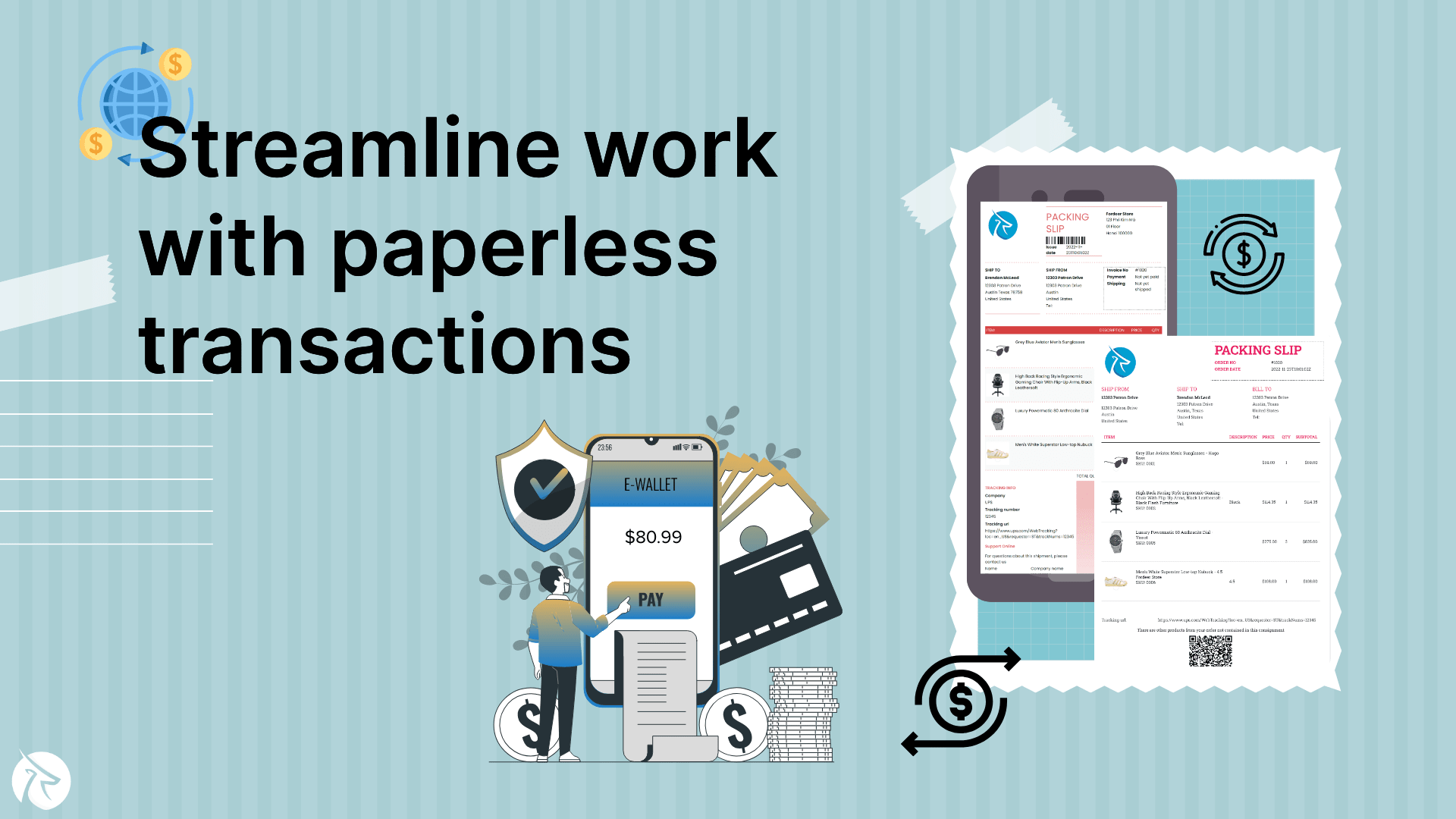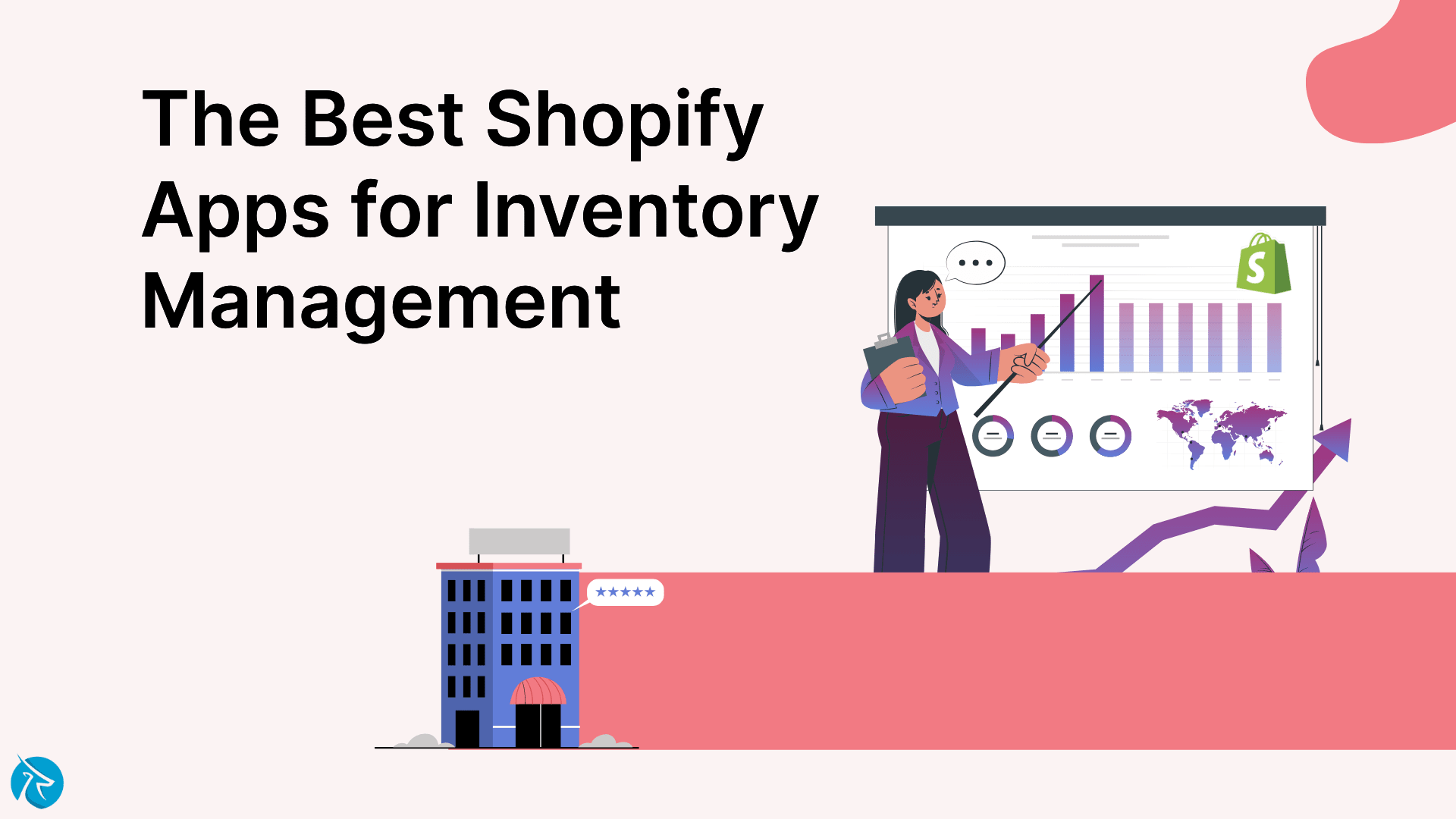A Step-by-step Guide to Build an eCommerce Sales Funnel in 2024
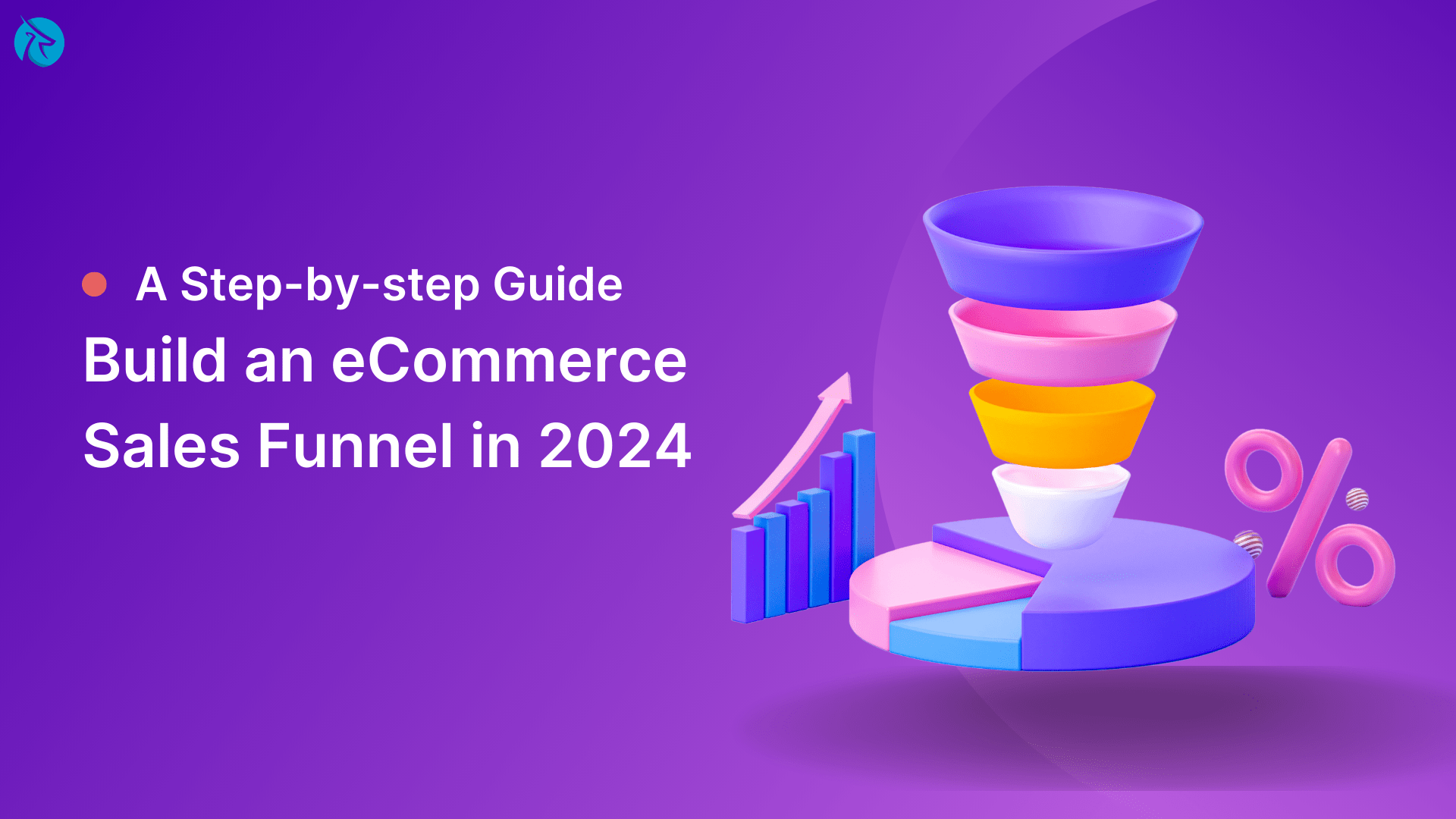
In 2024, creating a robust sales funnel is more important than ever to drive conversions and boost your online business. This step-by-step guide from Fordeer will walk you through the process of building an effective eCommerce sales funnel that aligns with the latest trends and consumer behaviors.
Understanding eCommerce Sales Funnel
Definition of sale funnel
A sales funnel is a visual representation of the customer journey from initial awareness of a product or service to making a purchase. It is called a "funnel" because it illustrates the gradual narrowing down of potential customers as they move through various stages of the buying process. The primary goal of a sales funnel is to guide prospects through these stages, ultimately converting them into paying customers.
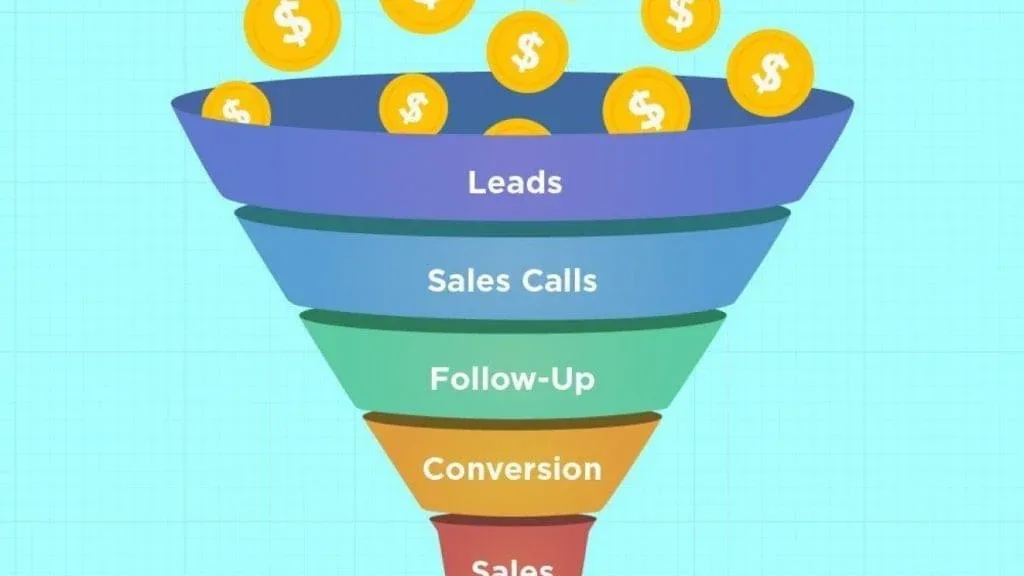
Sales funnel stages in eCommerce
The journey through the sales funnel encompasses a friendly sequence of stages, starting with awareness, piquing interest, evaluation, fostering desire, making a sale, and finally, encouraging retention (also known as "repurchase" or "loyalty").
Awareness
At the top of the funnel, potential customers become aware of your product or service. This can happen through various channels, such as social media, advertising, content marketing, or word of mouth.
Interest
Once aware, individuals may develop an interest in your offering. This stage involves providing more information about your product or service to engage and educate potential customers. Content like blog posts, videos, and social media posts can be effective at this stage.
Consideration
As prospects show a deeper interest, they enter the consideration stage. Here, they are evaluating your product or service against alternatives. Case studies, product demonstrations, and customer reviews can be influential in this decision-making process.
Intent
At this stage, potential customers are showing a clear intent to make a purchase. They may be comparing prices, reading detailed product information, or seeking additional reassurance. This is a critical point where targeted communication can help address any remaining concerns and push them towards the purchase decision.
Purchase
The bottom of the funnel is where the actual transaction occurs. The prospect becomes a customer by making a purchase. This stage involves the final steps of the buying process, such as completing the checkout, providing payment information, and confirming the order.
Post-purchase
The sales funnel doesn't end with a purchase. Post-purchase stages involve retaining the customer and turning them into advocates. This includes providing excellent customer service, seeking feedback, and encouraging them to share their positive experiences with others.
These stages unfold across three welcoming levels within the sales funnel framework:
- Top of the Funnel (ToFu): This is where potential customers first discover your offering, initiating the beginning of their engaging journey.
- Middle of the Funnel (MoFu): As interest blossoms, prospects enter this stage, where they delve deeper into evaluations and considerations, moving closer to a decision.
- Bottom of the Funnel (BoFu): At the culmination of the journey, customers reach this stage, making the ultimate decision to purchase. Post-purchase, the focus shifts to fostering loyalty and encouraging repeat business.
A Step-by-step Guide to Build an eCommerce Sales Funnel in 2024
Understand your target audience
Embarking on the exciting path of constructing an effective eCommerce sales funnel in 2024 starts with a dedicated exploration into understanding your target audience. Immerse yourself in thorough research to unravel not only their preferences but also the intricate nuances of their behaviors and demographics. This in-depth comprehension forms the bedrock of a successful strategy.
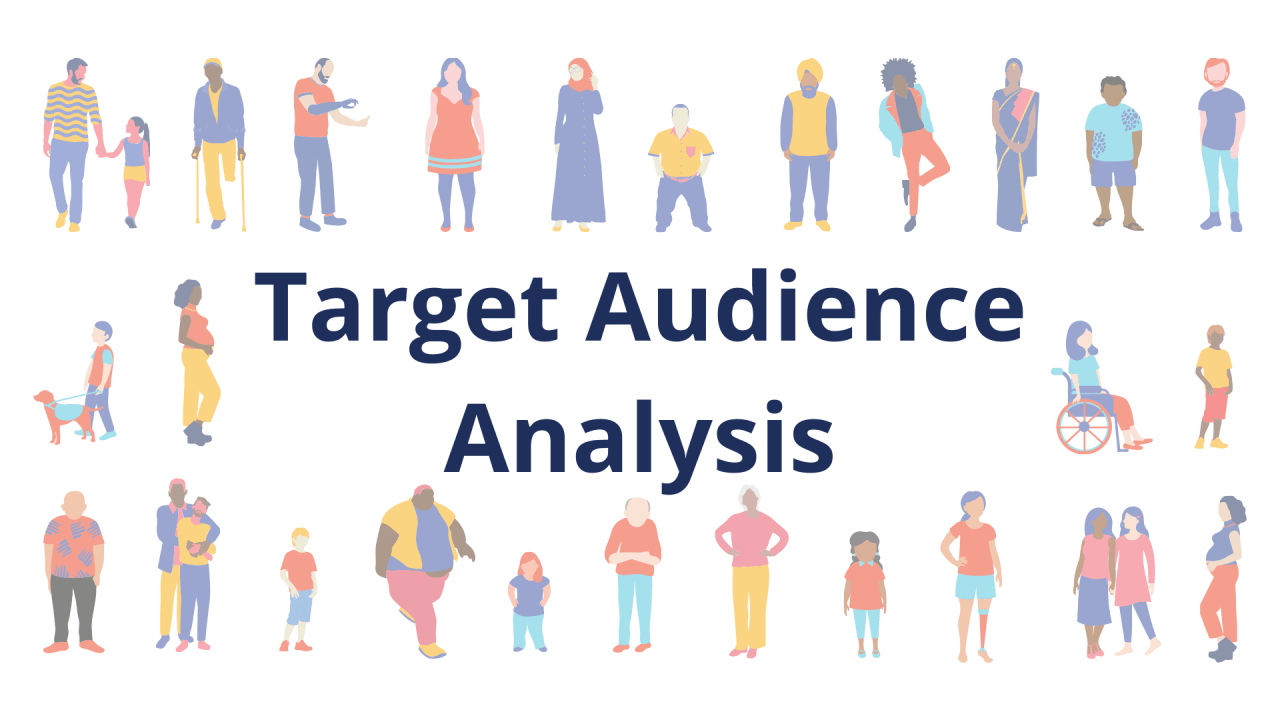
As you navigate through this initial stage, you should consider going beyond surface-level insights and take the time to create detailed buyer personas, each representing a distinct segment of your audience. These personas act as living blueprints, capturing the essence of your customers' specific needs and interests. By weaving these personas into the fabric of your sales funnel, you're not merely crafting a generic pathway but rather curating an experience that resonates on a personal level with your potential customers.
In the art of eCommerce, personalization is the key to unlocking engagement and driving conversions. These detailed personas become the North Star, guiding your efforts towards creating a sales funnel that is not only finely tuned but also inherently attuned to the diverse preferences within your target audience. So, remember to invest the time and effort to sculpt these personas with care, and you'll find your sales funnel taking on a friendlier and more personalized demeanor, setting the stage for meaningful customer interactions and lasting relationships.
Optimize your eCommerce website
It is paramount to guarantee that your website offers a user-friendly interface, combining aesthetic appeal with optimal functionality across both desktop and mobile platforms. This involves meticulous attention to detail in implementing features such as fast loading times, facilitating swift access to information. Additionally, focus on ensuring clear navigation pathways, allowing users to effortlessly traverse your site and locate desired content.
Furthermore, don't overlook the significance of incorporating secure payment options into your website infrastructure. The integration of reliable and secure payment gateways not only provides a seamless transaction process but also instills a sense of confidence and trust in your visitors. This trust is instrumental in cultivating a positive perception of your brand, enhancing the likelihood of potential customers engaging further with your offerings.
It's important to underscore that the overall website experience plays a pivotal role in customer retention. A positive encounter with your site not only encourages visitors to stay but also influences their decision-making process. By creating an environment that is not only visually appealing but also user-friendly, you are actively contributing to the likelihood of potential customers exploring your products or services in greater detail. In essence, a well-optimized and welcoming website is a fundamental cornerstone for building a strong foundation for customer engagement and retention.
Create an attention-grabbing landing page
You should create an engaging landing page that effortlessly grabs the attention of your visitors, and incorporate high-quality visuals to make a lasting impression, ensuring a visually appealing and inviting experience.
Plus, crafting concise and persuasive copy that resonates with your audience, conveys your message effectively is also important. This helps enhance user engagement by providing a clear call-to-action (CTA) that guides them seamlessly to the next stage of the funnel.
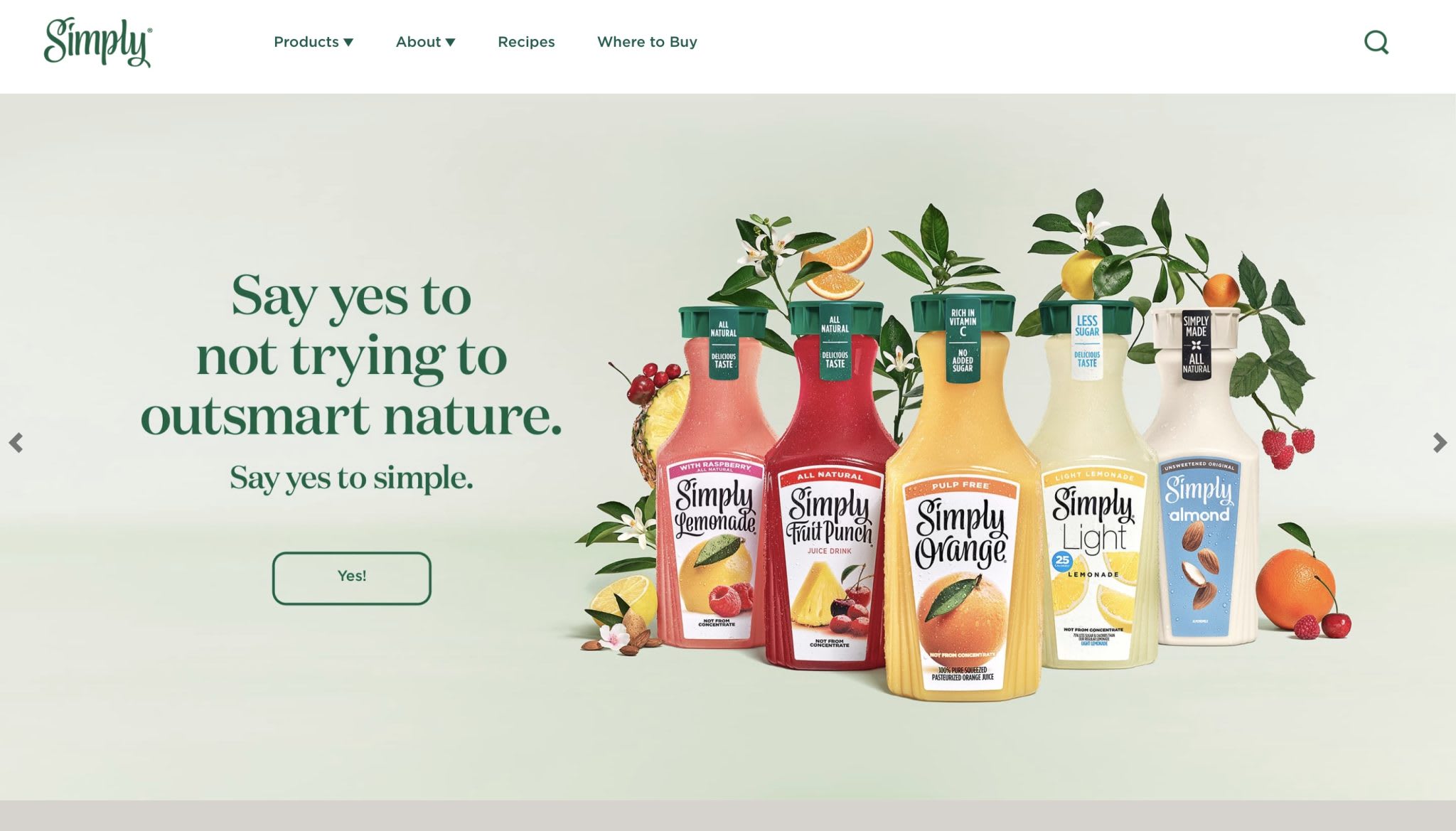
In designing the landing page, you should consider the visual elements carefully and opt for images and graphics that not only align with your brand but also evoke positive emotions. A visually appealing layout contributes to a positive user experience, encouraging visitors to explore further.
When it comes to crafting the copy, remember to strike a balance between being concise and persuasive. Use language that speaks directly to your target audience, addressing their pain points and highlighting the unique value your product or service offers. Clear and compelling messaging establishes a connection with visitors, sparking their interest and encouraging them to delve deeper into your offerings.
The call-to-action (CTA) on your landing page should be unmistakable and compelling. Whether it's making a purchase, signing up for a newsletter, or exploring more products, the CTA should guide them seamlessly through the sales funnel.
Remember, the landing page is often the first interaction visitors have with your brand, and it sets the tone for their entire journey. A well-designed, friendly, and formal landing page can significantly impact the success of your eCommerce sales funnel. You’d better take the time to understand your audience and tailor the visuals, copy, and CTA to resonate with their needs and preferences, creating a positive and compelling user experience.
Implement lead-generation strategies
Strategically placing lead generation forms on your website is a pivotal step in cultivating meaningful connections with your audience. These forms, thoughtfully positioned throughout your site, serve as touchpoints to seamlessly capture the attention of your visitors. By strategically incorporating these engagement elements, you create a user-friendly environment that encourages active participation.
As you endeavor to establish a deeper connection with your audience, consider offering compelling incentives to entice them to provide their email addresses. Whether it's in the form of exclusive discounts, access to premium content, or the opportunity to explore your offerings through free trials, these incentives act as the bridge between your visitors and their willingness to share their contact information.
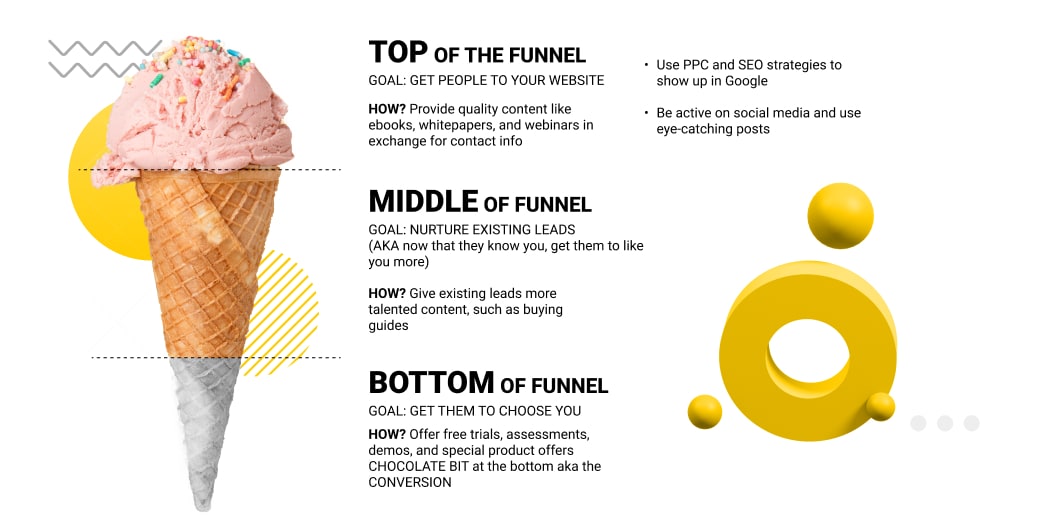
The act of collecting email addresses, facilitated by these incentives, goes beyond a mere transaction. It becomes the cornerstone of building a comprehensive and dynamic contact list. This list, carefully nurtured and cultivated, becomes a valuable asset for further engagement strategies.
As you accumulate email addresses, you lay the groundwork for ongoing communication and interaction. This contact list evolves into a powerful tool for staying connected with your audience, allowing you to provide them with tailored content, relevant updates, and exclusive offers.
Integrate social media marketing
You can integrate the power of social media into your overarching strategy to broaden your reach and connect with a more extensive audience. In this process, you can share compelling content that resonates with your audience's interests, preferences, and values. Additionally, you should consider running targeted advertisements tailored to specific demographics to ensure that your brand message reaches the right audience segments.
Plus, you should encourage active social sharing among your audience, fostering a sense of community and brand advocacy, and leverage the interactive nature of social media platforms to create a dynamic dialogue with potential customers. By actively engaging with your audience through comments, messages, and interactive posts, you can build stronger connections and enhance brand loyalty.
You can easily recognize that social media platforms are not merely marketing tools but as valuable channels for building meaningful relationships. Each platform offers a unique environment that allows your brand to showcase its personality, values, and authenticity. Your job is to embrace this opportunity to connect with potential customers on a more personal level, humanizing your brand in the process.
In conclusion,
Building an eCommerce sales funnel in 2024 requires a strategic approach that considers the modern consumer landscape. By understanding your audience, optimizing your website, and incorporating the latest marketing techniques, you can create a highly effective sales funnel that maximizes conversions and drives sustained business growth.
Stay agile, adapt to changes, and consistently refine your approach to keep your eCommerce business ahead of the competition. Fordeer Team hopes you succeed!
For more invaluable information, stay updated with us!
- Install Fordeer Apps for Free
- Get immediate assistance by chatting with us.
- Join Fordeer Commerce Community for fresh app updates, expert tips, and private deals.



